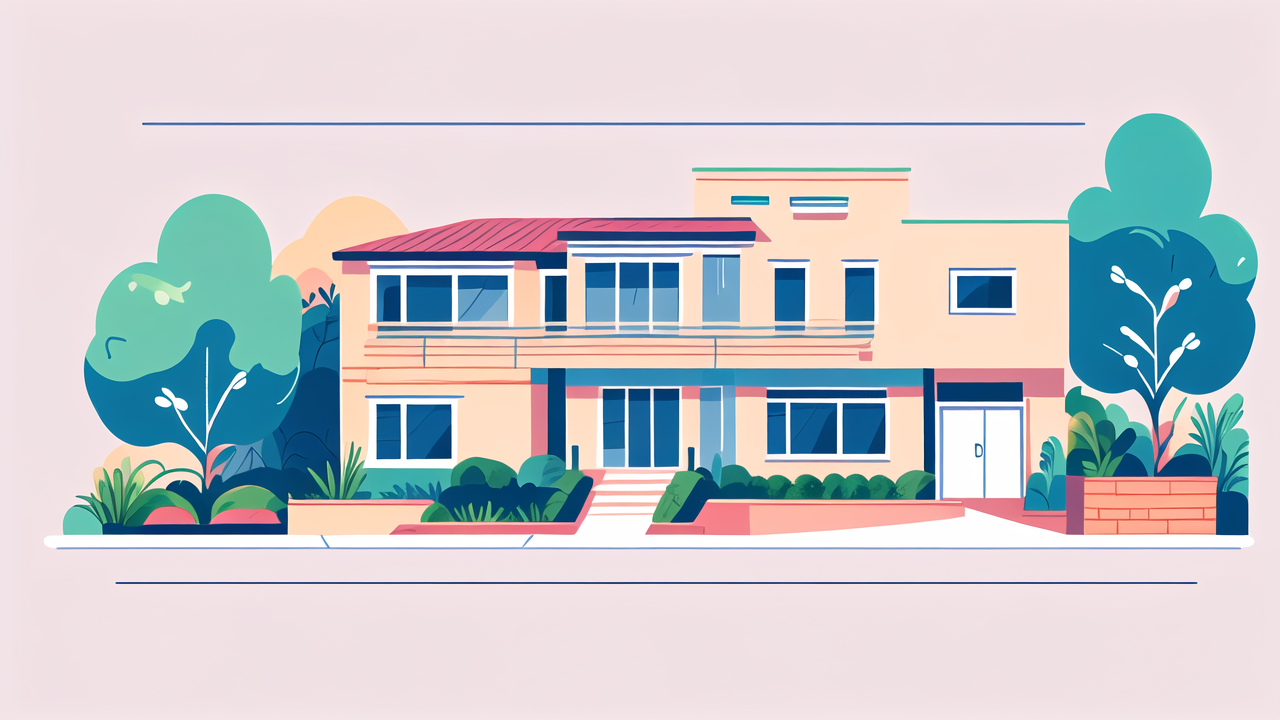Understanding the Aesthetics of Garden Fencing
Exploring the Variety in Garden Fence Styles
Garden fences come in many styles to suit different tastes and needs. Some popular options include:

- Picket fences: Classic and charming, perfect for cottage gardens
- Privacy fences: Tall and solid, ideal for creating secluded spaces
- Split-rail fences: Rustic and open, great for country-style gardens
- Lattice fences: Decorative and airy, excellent for supporting climbing plants
Each style has its own unique appeal. Picket fences add a quaint touch, while privacy fences offer seclusion. Split-rail fences give a natural look, and lattice fences blend beauty with function. Consider your garden's theme and your personal preferences when choosing a style.
The Role of Materials in Garden Fence Design
The material you choose for your garden fence greatly impacts its look and durability. Common options include:
- Wood: Traditional and versatile, available in various types
- Vinyl: Low-maintenance and long-lasting, resistant to rot and pests
- Metal: Strong and sleek, including wrought iron and aluminum options
- Composite: Eco-friendly and durable, mimicking the look of wood
Wood offers a natural feel but requires regular maintenance. Vinyl is easy to care for but may lack the charm of wood. Metal fences are sturdy and elegant but can be pricey. Composite fences blend the best of wood and plastic for a low-maintenance option.
Strategies for Installing and Maintaining Garden Fences
Selecting the Right Location for Your Garden Fence
Choosing the perfect spot for your garden fence is crucial. Consider these factors:

- Property boundaries: Ensure you're within your legal limits
- Sunlight and shade: Think about how the fence will affect plant growth
- Existing landscaping: Work around trees, shrubs, and other features
- Views: Decide which areas you want to highlight or conceal
Measure your property carefully and mark the fence line. Check for underground utilities before digging. Think about how the fence will impact your garden's microclimate. Plan for gates and access points that complement your garden layout.
Step-by-Step Guide to Installing a Garden Fence
Installing a garden fence can be a DIY project or a job for professionals. Here's a basic outline:
- Prepare the area: Clear the fence line and level the ground
- Mark post locations: Use stakes and string for accuracy
- Dig post holes: Make them deep enough for stability
- Set posts: Use concrete for a sturdy foundation
- Attach fence panels or boards: Follow manufacturer instructions
- Add finishing touches: Install caps, paint, or stain as needed
Always check local building codes before starting. Ensure posts are plumb and secure. Take your time to achieve a professional look. If you're unsure, consider hiring experts for a flawless finish.
Tips for Long-Term Maintenance of Garden Fences
Proper care extends the life of your garden fence. Follow these maintenance tips:
- Regular cleaning: Remove dirt and debris with gentle washing
- Inspect for damage: Look for loose boards, rust, or rot regularly
- Treat wood fences: Apply sealant or paint every few years
- Tighten hardware: Check and secure loose screws or nails
- Address issues promptly: Fix small problems before they grow
For wooden fences, watch for signs of pest infestation. Metal fences may need rust treatment. Vinyl fences are low-maintenance but may need occasional cleaning. Keep plants trimmed away from the fence to prevent moisture damage.
Financial and Legal Considerations for Garden Fences in the United States
Navigating Zoning Laws and Regulations
Before building a garden fence, understand local laws. Key points to consider:

- Height restrictions: Many areas limit fence height, especially in front yards
- Setback requirements: Fences may need to be a certain distance from property lines
- Material regulations: Some neighborhoods have rules about fence materials
- Permit needs: Check if you need a permit to build your fence
Contact your local zoning office for specific guidelines. Homeowners' associations may have additional rules. Following regulations avoids costly mistakes and legal issues. It's better to plan carefully than to face fines or removal orders later.
The Impact of Garden Fences on Property Value
A well-designed garden fence can boost your property's value. Consider these factors:
- Curb appeal: An attractive fence enhances your home's look
- Privacy: Fences that create private spaces are often desirable
- Security: Safe, sturdy fences can be a selling point
- Maintenance: Low-upkeep fences may be more valuable to buyers
Choose a fence style that complements your home's architecture. A fence in good condition shows pride of ownership. However, an poorly maintained or out-of-place fence might detract from value. Balance function with aesthetics for the best impact on property value.
Budgeting and Planning for Your Garden Fence Project
Careful planning ensures a successful garden fence project. Follow these steps:
- Set a realistic budget: Include materials, labor, and unexpected costs
- Get multiple quotes: Compare prices from different suppliers and contractors
- Consider long-term costs: Factor in maintenance and potential repairs
- Plan for quality: Invest in durable materials for longevity
- DIY vs. professional: Weigh the costs and benefits of each option
Remember to account for gate hardware, post caps, and other extras. Leave room in your budget for landscaping around the new fence. Quality materials may cost more upfront but save money over time. A well-planned fence project adds value and enjoyment to your outdoor space.
